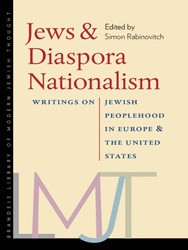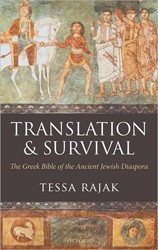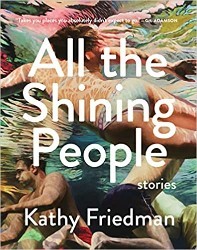Carol Zemel, a professor of art history and visual culture, states that the purpose of her book Looking Jewish is to “call attention to image production as a signifying practice of Jewish diasporic life.” Considering the original meaning of Diaspora as “a scattered people,” she summarizes many of the theses made by social historians (most notably, Simon Dubnow) and scholars of various disciplines about the impact of the diasporic condition on Jewish art, literature, and Jewish identity in her introduction. The chapters that follow are thoughtful case studies through which Zemel attempts to answer the perennial question of what can be called “Jewish art.” This is no simple task in the post-emancipation modern era, when Jews have been vigorous participants in the culture of nations where they have settled.
The first three chapters focus on particular artists, photographers, and literary figures of different geographical areas and time periods, chosen to illuminate the author’s thesis — from 1920s photographers Alter Kacyzne and Moshe Vorobeichic (who adopted several different identities); to Bruno Schulz, acclaimed Polish artist of the pre-Shoah period; to Roman Vishniac, whose photographs of Polish Jews on the eve of their destruction are indelibly inscribed on the Jewish collective memory. The author analyzes the influence and impact of these artists’ works at the time they were produced as well as on the contemporary viewer.
Zemel then moves to North America and the modern era, considering stereotypes, gender issues, and images in film and other media in terms of Jewish identity in mainstream culture. Following the formulation of historian George Mosse, she treats a stereotype — whether of the Jewish mother, the Jewish American princess (JAP), or the greedy Jewish man — as a “useful category for analysis.” She notes how the blurring of gender roles as in Amichai Lau-Lavie’s Rebbetzin Hadassah Gross amplifies our understanding of its presence, especially in Jewish humor in contemporary culture — the negative effect notwithstanding.
Entitled “Diasporic Values in Contemporary Art: R. B.Kitaj, Ben Katchor, Vera Frenkel,” the concluding chapter gives an academic perspective on three artists of different media: painter Kitaj, graphic novelist Katchor, and Frenkel, an installation artist. Zemel disputes R. B. Kitaj’s claim that for artists, living in more than one society has a kind of “moral power or destiny…a modern condition”; she sees this condition as definitely Jewish rather than universal, as Kitaj would have us believe. In her extensive discussion, she states that in his work Kitaj “has become both Jew and artist as provocateur, pulling artist and Jew closer together to continue the heroic posture of the modernist avant-garde.”
Zemel’s “case studies” are a well-illustrated (although regrettably in black and white) contribution to the literature of Diasporism — a convenient term for consideration of Jewish elements in visual images in the modern era.
Related Content:
- Reading List: Jews in Art
- Reading List: Jews in Fashion
- Reading List: Jews and Cinema





